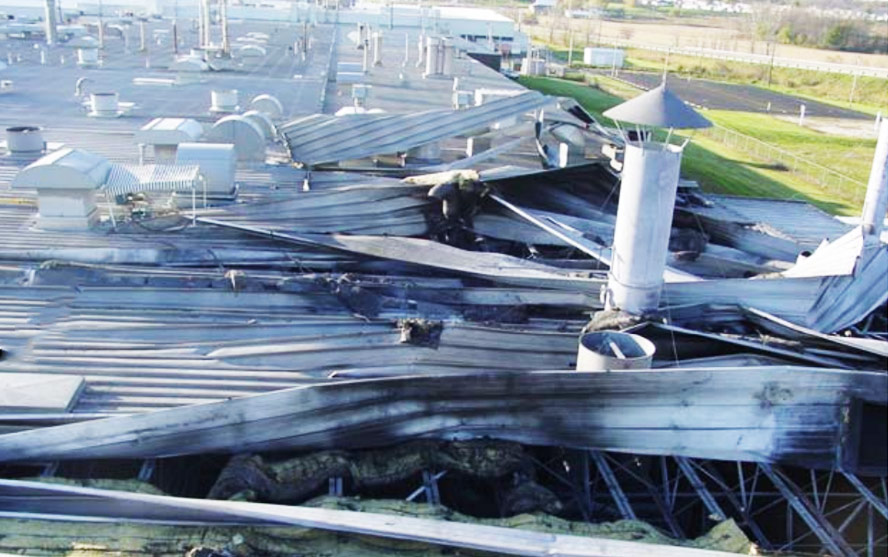In the case of many major incidents such as explosions, a series of smaller scale incidents and near misses can be observed. It is important for plants to record and investigate those incidents as in many cases they foreshadow a major accident and could possibly help prevent it.
In the case of the Hayes facility, those incidents were not tracked and sometimes not even reported. They plant was well know by the local fire fighters due to the frequent fires in the facility.
The duct fire which preceded the explosion was not an uncommon occurrence in the chip–processing system, hence it did not cause major concern. If fires occurred, the operators would shut down the system and wait for it to burn out. After the fire burned out, the maintenance staff would then clean out the ducts and resume the system. The fire department was called on a few occasions, hence the firefighters were familiar with the site. Those fires showed the combustible nature of aluminium dust, but no serious consideration was given to them as most of those cases were never reported or investigated.
Occasionally, bright white flashes were observed by operators after starting the chip feed. Those flashes were cause by aluminium dust igniting and were another sign of the flammability of aluminium dust, but staff regarded those occurrences as normal, hence they were never addressed.
The most notable foreshadowing event in the facility was the smouldering fire in the furnace five fume hood. Two operators witnessed a portion of the fume hood glowing red and found aluminium dust and chips smouldering on top of the hood. As an attempt to put out the fire, they attempted to push the debris off the hood, in doing so they dispersed the dust in the air, initiating a deflagration. This incident was an obvious near miss, however no action came of it.
This absence of effective near – miss and incident recognition indicates, the lack of a proper management system and lack of safety training for the employees. If an Investigation Management System was put in place and enforced by management, a trend in fires would have been observed and appropriate measures could have been taken.
Occupli Consultancy specialists provide practical solutions and advice to all our clients in all areas of ATEX and process related safety concerns. Our team work to legislative requirements and benchmark against industry best practice to produces assessments for our clients. Occupli Consultants have carried out ammonia risk assessments in a range of different industries including medical devices, pharmaceutical and food industries.
If you require consultation on process or ATEX safety issue, reach out to our team of consultants here.

